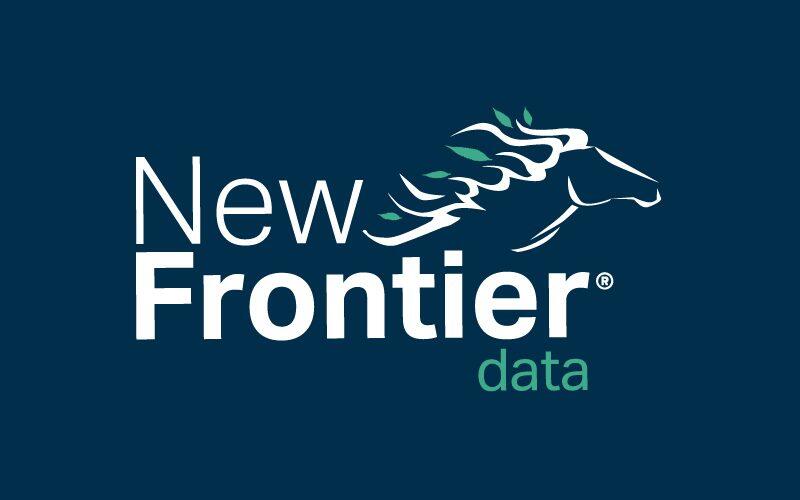Trying to Catch the Crest of the Cannabis Wave This Summer

Non-flower products to dominate 40% of cannabis market by 2020
August 9, 2018
Mass Overdoses from Synthetic Marijuana Remind Need for Public Education
August 16, 2018By J.J. McCoy, Senior Managing Editor for New Frontier Data
Tracking trends in the burgeoning U.S. cannabis industry can be a dizzyingly ambitious activity. There are now 30 states plus the District of Columbia (D.C.) which have legalized cannabis for medical use,
and 9 states plus D.C. which have legalized cannabis for adult-use. Another handful of states having passed new medical and adult-use cannabis legislation in November 2016 are beginning to implement their programs, and 2017 saw the start of legal sales in numerous state markets including Alaska, Florida, and Nevada.
Yet, while similarities exist between aims and regulatory approaches, no two states’ programs are the same, and due to federal law there is no legal interstate trade being conducted. The only challenges more plentiful than the industry’s obstacles are its myriad opportunities. Both topics are analyzed in New Frontier Data’s latest release, The U.S. Cannabis Report: 2018 Industry Outlook.
New Frontier Data projects that by 2020 the number of states with either an adult-use or medical program will increase by nine or more. While the market continues to expand rapidly, shifting regulations and evolving consumer preferences mean that strategies successful to date will need yet to evolve in the years ahead.
In 2017 the U.S. legal cannabis industry generated an estimated $8.3 billion in consumer sales, and annual sales are projected to grow at a compound annual growth rate (CAGR) of 13.7% over the next eight years, to exceed $23 billion by 2025: Adult-use sales are projected to grow at an 18% CAGR, from $3.2 billion to $12 billion, while the U.S. medical market is projected to grow at an 11% CAGR through 2025, from $5 billion in 2017 to an estimated $11.2 billion by 2025.
Industry expansion is fueled by two, parallel forces – the addition of new legal markets as
more newly legal states activate their programs, and from sustained growth in demand in legal
states as consumers make the transition from the illicit market to the legal market. While competitive
forces and economies of scale will continue to drive down both wholesale and retail prices, increasing consumer demand will propel sustained growth through 2025.
Public support for cannabis legalization is one of the fastest-evolving social issues in the U.S., and political winds have been shifting with expanding markets and social acceptance. Such momentum is only expected to add impetus as Canada’s nationwide legalized market opens for business this autumn.
The total number of medical cannabis patients nationwide treating serious conditions has surpassed 2 million, and that number is projected to grow as states that recently legalized medical programs begin sales through registered dispensaries. The high population states of Florida and Michigan, specifically, are set for strong medical market growth, while California and Massachusetts will see the strongest annual growth through 2025.

J.J. McCoy
J.J. McCoy is Senior Managing Editor for New Frontier Data. A former staff writer for The Washington Post, he is a career journalist having covered emerging technologies among industries including aviation, satellites, transportation, law enforcement, the Smart Grid and professional sports. He has reported from the White House, the U.S. Senate, three continents and counting.




